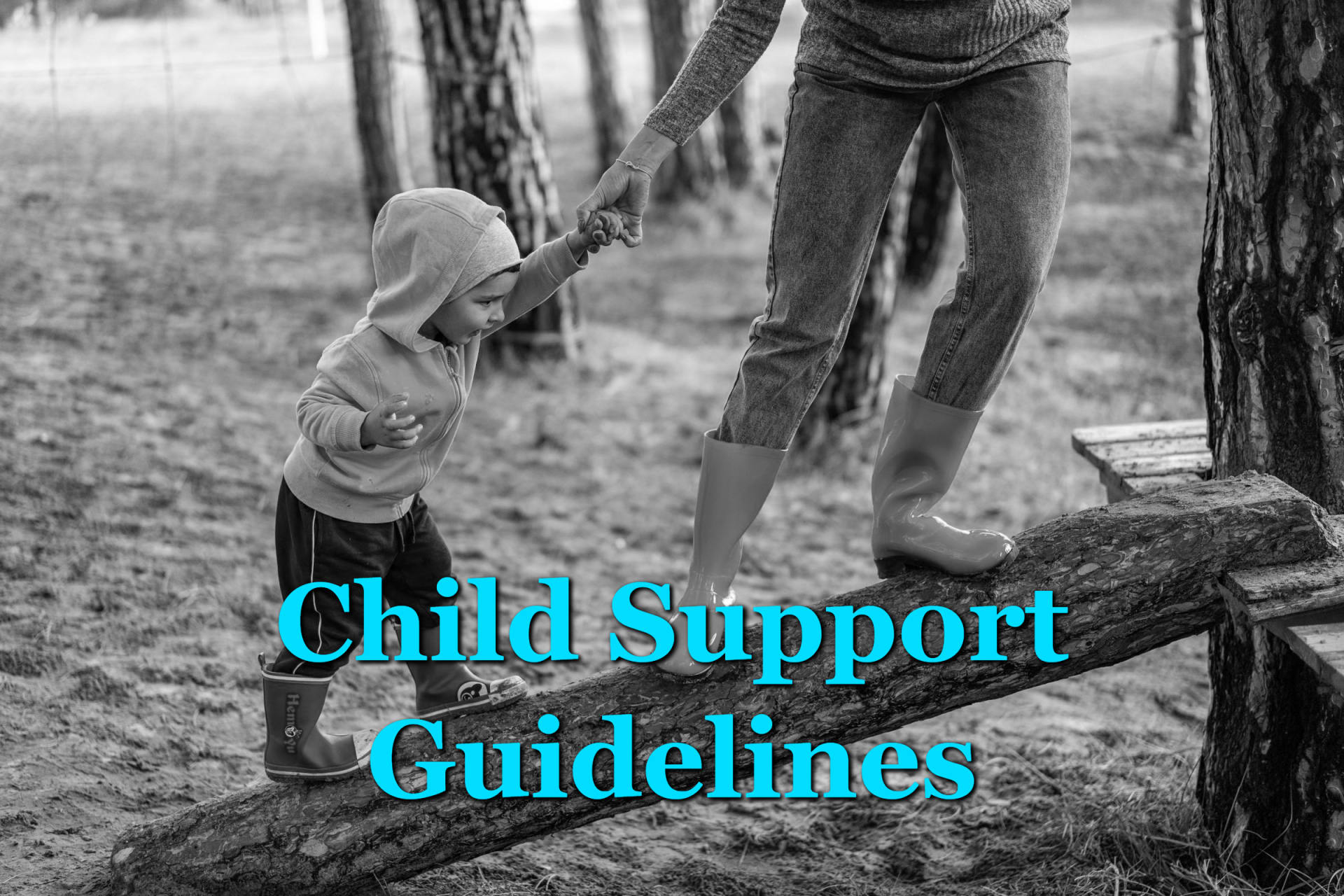When you’re going through a divorce and there are children involved, it can become more complicated because there are different things to consider. One of those has to do with child support. Child support can get tricky if you don’t know what is expected, whether you’re the one giving it or the one receiving it. Let’s take a look at the Texas child support guidelines to help you navigate through it all.
What is Child Support?
While we’ve all likely heard the words child support, many of us may not realize what that entails. Child support is basically any money that one parent pays to the other in order to help cover the cost of caring for and raising the child or children they share. This includes money that is used for housing, food, clothing, tuition, and activities. Although one parent will be the one that is paying the child support, both parents are still expected to care for and financially support their child without a court order.
Who Receives Child Support?
Child support is paid by the non-custodial parent to the parent who does have physical custody of the children or child. This is defined as the parent that the child lives with most of the time. Child support is typically paid until the child reaches an age of 18 or when they graduate high school, whichever happens later.
How is Child Support Calculated?
Texas child support guidelines stipulate that Texas uses a “guidelines child support” to decide how much child support is due. This is how it is calculated:
1 child = 20% of the noncustodial parent’s average monthly net resources
2 children = 25% of the noncustodial parent’s average monthly net resources
3 children = 30% of the noncustodial parent’s average monthly net resources
4 children = 35% of the noncustodial parent’s average monthly net resources
5 children = 40% of the noncustodial parent’s average monthly net resources
6 or more children = not less than 40% of the noncustodial parent’s average monthly net resources
(source: texaslawhelp.org)
Calculating Monthly Income to Determine Child Support?
Monthly income does not just take a parent’s paycheck into account. Other sources are considered. The amount of child support that needs to be paid is based on average monthly net resources.
Net resources are all the money that the noncustodial parent receives per month, minus these deductions:
- Income Tax
- Social Security Taxes
- Union dues
- Cost of health insurance or medical support if paid by the noncustodial parent
- Non-discretionary retirement contributions if the noncustodial parent doesn’t pay social security taxes
It’s important to understand that while Texas child support guidelines usually follow this formula, a judge may settle on a different amount if they feel the guidelines don’t properly support a specific situation.
While some parents go to court to decide the amount of child support that needs to be paid, some reach an agreement through mediation. During mediation, all parties meet to have a conversation about what they think is fair. This gives them the opportunity to come to an agreement while avoiding going to court.
The team at Illaraza Law, P.C., has helped countless couples reach an agreement through mediation. Our associates will lead you through this legal process to ensure your child’s best interest is represented and that the process is fair for everyone involved.
Use this as a general guideline. The amounts may differ if the non-custodial parent has children with someone else.
What do Texas Child Support Guidelines Say About How Child Support Paid?
Texas child support guidelines state that all child support payments must be paid through the Texas Child Support State Disbursement Unit. This allows for there to be a record of your payment so that there’s no confusion. By doing it this way, one parent can’t claim that they never received a payment.
Parents are advised to never make direct payments. These could be considered as gifts and will not be applied to the amount of child support you owe.
What Happens if One Parent Doesn’t Pay Child Support?
In Texas, not paying child support is taken very seriously. If the non-custodial parent fails to pay child support and is uncooperative, your attorney can petition the court to enforce the child support order. If the parent still does not pay, they can face these consequences:
- Suspension of driver’s license or any professional licenses
- Being sent to jail
- Having a lien put against your property
- Being ordered to pay all child support with interest
Seeing that no one wants to face those consequences, it’s best to stay on top of child support payments and for both parents to communicate.
What if the Amount of Child Support Needs to Change?
Child support amounts can change by a court order. Contact your attorney to help you with the process because a modification case must be filed to approve the change.
Child support can be changed if it has been at least three years since the last child support order and the new amount would differ by 20% or $100 from the original. Child support can be changed if one parent loses a job or gets hurt or something else happens that would impact their net resources, it will also impact how much money they’ll be able to pay in child support.
Do You Want to Learn More about Texas Child Support Guidelines?
At Illaraza Law, we know that understanding child support guidelines can be difficult. That’s why we’re here to help you with all child support issues.
We have helped many couples deal with child support issues while keeping the best interest of the child in mind. We can help with legal proceedings as well as mediation.





